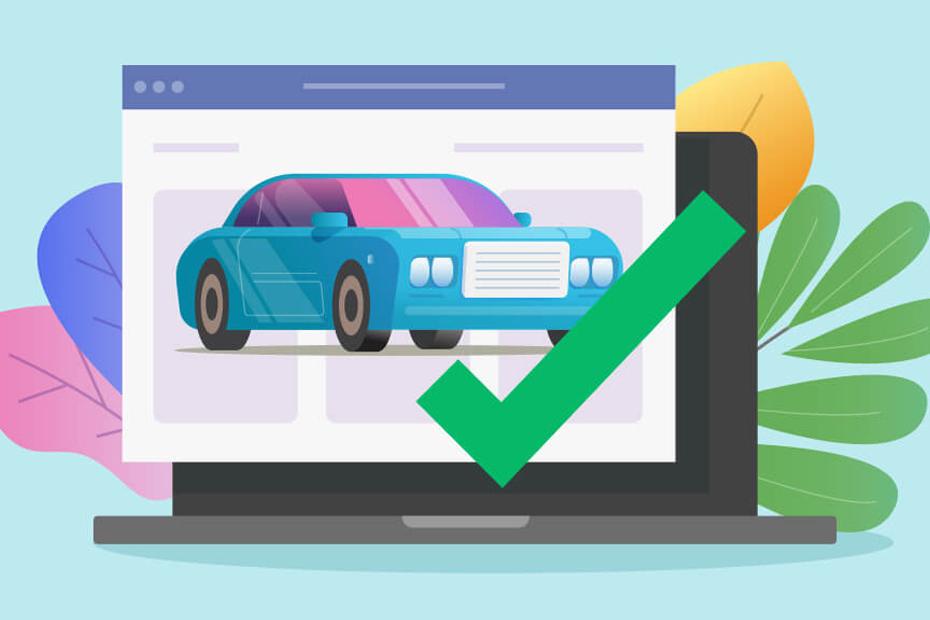5 Phases You Go Through With Your New Car Insurance Policy
Introduction
One of life’s greatest milestones for many adults is purchasing their first car. Whether it’s a budget-friendly Nano or a luxurious Jaguar, the sense of pride and excitement that comes with owning a new vehicle is unmatched. However, along with the joy of car ownership comes the responsibility of securing a new car insurance policy. This article will guide you through the five phases you will experience when purchasing car insurance for your new vehicle. By understanding these phases, you will be better equipped to navigate the process and make an informed decision regarding your car insurance policy.
Phase 1: Understanding the Importance of Car Insurance
Before delving into the various stages of buying car insurance, it’s crucial to comprehend why car insurance is essential. While you may have confidence in your driving skills, accidents can happen due to the mistakes of other drivers or unforeseen circumstances like fallen trees or theft. Car insurance provides financial protection in such scenarios, ensuring that you are not burdened with hefty expenses. Additionally, under the Motor Vehicle Act of 1988, having at least third-party insurance is mandatory in India. Failure to adhere to this requirement can result in fines or even jail time. By purchasing car insurance, you can comply with the law and safeguard your finances.
Phase 2: Determining the Type of Car Insurance You Need
The first question you need to answer when buying a new car insurance policy is what type of coverage you require. There are two main types of car insurance policies to choose from:
- Third-Party Liability Coverage: This type of insurance is mandatory by law and provides coverage for any liability caused to a third party in an accident involving your vehicle. It compensates the third party for injuries, disabilities, deaths, or property damage caused by your vehicle.
- Comprehensive Coverage: As the name suggests, comprehensive car insurance offers broader coverage. It includes third-party liability coverage and also protects your car against damages caused by accidents, natural disasters, and theft.
In addition to these two options, the Insurance Regulatory and Development Authority of India (IRDAI) allows vehicle owners to opt for standalone own damage coverage. This means you can get third-party coverage from one insurer and a separate policy to cover damages to your own vehicle from another insurer. It is advisable to opt for comprehensive car insurance as it provides peace of mind and comprehensive protection. However, your specific needs may vary, and you may choose to opt for only third-party liability coverage.
Phase 3: Researching and Comparing Different Car Insurance Plans
Once you have determined the type of car insurance coverage you need, it’s time to conduct thorough research and compare different plans. The insurance price for a new car can vary based on factors such as the make and model of the car. When comparing plans, consider the following factors:
- Network of Cashless Garages: Check if the insurance policy covers a wide network of cashless garages. This ensures convenient and hassle-free repairs in case of an accident.
- Premium: Compare the premiums offered by different insurers. Keep in mind that the insurance price for a new car may vary even if other factors remain the same.
- Brand Repute: Consider the reputation and credibility of the insurance provider. Look for reviews and ratings from existing customers to gauge their satisfaction level.
- Claim Settlement Ratio: The claim settlement ratio indicates the insurer’s ability to settle claims. A higher ratio indicates a better track record of claim settlement.
It’s important to revisit the type of coverage you initially chose based on the plans you come across. If you find a comprehensive car insurance policy with an affordable premium, you may reconsider opting for only third-party liability coverage.
Phase 4: Choosing Add-Ons for Enhanced Protection
In addition to the basic car insurance coverage, you have the option to enhance your protection by opting for add-ons. These add-ons provide additional coverage for specific situations. Some popular add-ons offered by insurance providers include:
- Zero-Depreciation Cover: This add-on ensures that you receive the full claim amount without factoring in depreciation. It is particularly beneficial for new cars.
- Engine Protection: This add-on covers damages to the engine due to water ingression or oil leakage.
- EMI Cover: With this add-on, the insurance company pays your car’s equated monthly installments (EMIs) for a specified period in case of job loss or financial difficulties.
- Roadside Assistance Cover: This add-on provides assistance in case of breakdowns, flat tires, or other roadside emergencies.
- Personal Belongings Cover: It covers the loss or damage of personal belongings kept inside the insured vehicle.
- Consumables Cover: This add-on covers the cost of consumables, such as engine oil and coolant, used during repairs.
- Licence Loss Cover: In case you lose your driving license due to an accident, this add-on covers the expenses for obtaining a duplicate license.
- Lock and Key Cover: It covers the cost of replacing or repairing locks and keys in case they are lost, stolen, or damaged.
- Registration Certificate Cover: This add-on covers the cost of obtaining a duplicate registration certificate in case it is lost or damaged.
- Tyre Cover: It provides coverage for damages to the insured vehicle’s tires, including punctures and bursts.
- Lifetime Road Tax Cover: This add-on covers the lifetime road tax for your vehicle, ensuring you don’t have to worry about renewing it periodically.
Consult your chosen policy provider to understand the availability of these add-ons and whether your car is eligible for them. Assess your specific needs and budget before deciding on the add-ons you want to include in your car insurance policy.
Phase 5: Determining the Insured Declared Value (IDV) and Making the Purchase
The final phase of buying a new car insurance policy involves determining the Insured Declared Value (IDV) and completing the purchase process. The IDV represents the maximum amount your insurance provider will pay you in case your car is stolen or damaged beyond repair. For a new car, it is advisable to set the IDV as close to the car’s market value as possible. The IDV depreciation for a six-month-old car is typically around 5%.
To make the final policy purchase, you can conveniently opt for car insurance online. Provide the necessary details, such as the make and model of the car, engine number, chassis number, and details of the Regional Transport Office (RTO) where the vehicle is registered. Once the online verification is complete and you receive approval from the insurance provider, proceed with the payment. Purchasing a new car insurance policy is a straightforward process that can be completed with an internet connection, some time and effort, and your bank details.
Conclusion
Purchasing car insurance for your new vehicle involves five distinct phases. Understanding the importance of car insurance, determining the type of coverage you need, researching and comparing different plans, choosing add-ons for enhanced protection, and finalizing the Insured Declared Value (IDV) are crucial steps in the process. By following these phases and making informed decisions, you can secure the right car insurance policy that meets your needs and provides comprehensive protection for your new car. Remember, car insurance is not just a legal requirement but also a financial safety net that ensures peace of mind on the roads.




